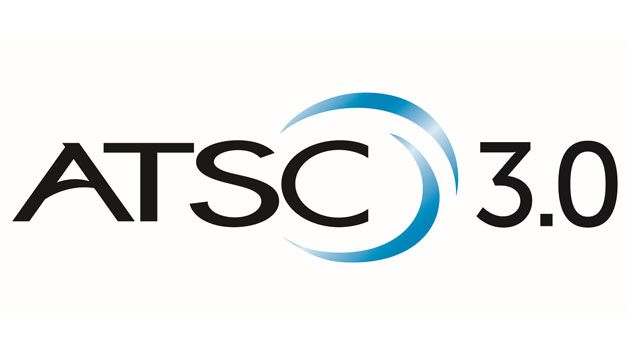Brazil’s TV 3.0 Project Recommends Key ATSC 3.0 Elements For New Digital TV Deployment
The SBTVD Forum has asked Brazil’s government to adopt many 3.0 OTA and OTT technologies

WASHINGTON—The non-profit organization charged with next-generation digital television deployment in Brazil has recommended to the Brazilian government that it choose several ATSC 3.0 technologies for Brazil’s TV 3.0 Project, which is scheduled for a 2024 launch, the Advanced Television Systems Committee announced this week.
“ATSC commends SBTVD Forum [Fórum Sistema Brasileiro TV Digital Terrestre] for its very well-organized process of developing Brazil’s TV 3.0 system,” said ATSC president Madeleine Noland.
“Over the past decade, ATSC members developed the ATSC 3.0 system, and I am extremely proud that after rigorous testing and evaluation in Brazil, many elements of ATSC’s state-of-the-art terrestrial broadcast system have been selected. ATSC is ready to support SBTVD Forum as it applies these technologies to Brazil’s unique needs,” she said.
The SBTVD Forum is made up of private and public companies. It is responsible for making recommendations to the Brazilian Ministry of Communications for technologies to include in the TV 3.0 Project, its name for the nation’s next-gen OTA broadcast and OTT broadband service.
The forum has selected five ATSC 3.0 technologies, including: ROUTE/DASH transport; MPEG-H Audio; IMSC1 captions; HDR10 Video High Dynamic Range EOTF (with optional dynamic HDR metadata based on SMPTE ST 2094-10 and SMPTE ST 2094-40); and ATSC Advanced Emergency Alerting. Additional testing will continue for two years, ATSC said.
Other ATSC 3.0 technologies were chosen specifically for the TV 3.0 broadband component, including: H.265/HEVC Video Base Layer encoding; HLG Video High Dynamic Range EOTF (optional); SL-HDR1 High Dynamic Range delivery (optional); and AC-4 Audio (optional).
Noland recognized the work of the ATSC IT-4 Brazil Implementation Team, a collaborative effort by 15 ATSC member companies and others, which is led by Skip Pizzi. “IT-4 members have been diligently supporting ATSC technologies throughout the process and will continue their efforts in the upcoming phases of the SBTVD evaluation process,” she said.
The professional video industry's #1 source for news, trends and product and tech information. Sign up below.
Upon learning of the recommendation, Pizzi said, “…[W]e are thrilled by the SBTVD Forum’s decision to adopt so many ATSC-proposed technologies.
“We congratulate the Forum on its progress and look forward to our continuing collaboration in the next phase of TV 3.0 development.”
A complete description of the TV 3.0 Project is available online. It includes the recommendation that testing and evaluation will continue in 2022-23 on the over-the-air Physical Layer and portions of the Application Coding (i.e., interactive) elements of the TV 3.0 system. ATSC’s proposals for ATSC 3.0 Physical Layer and ATSC 3.0 Interactive Content systems remain among those to be further evaluated, ATSC said.
Phil Kurz is a contributing editor to TV Tech. He has written about TV and video technology for more than 30 years and served as editor of three leading industry magazines. He earned a Bachelor of Journalism and a Master’s Degree in Journalism from the University of Missouri-Columbia School of Journalism.

